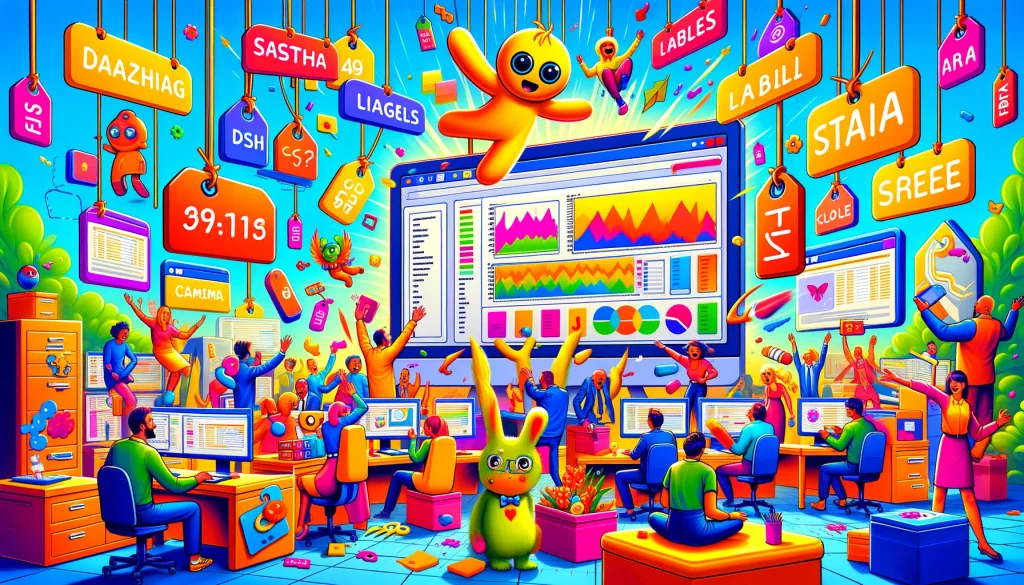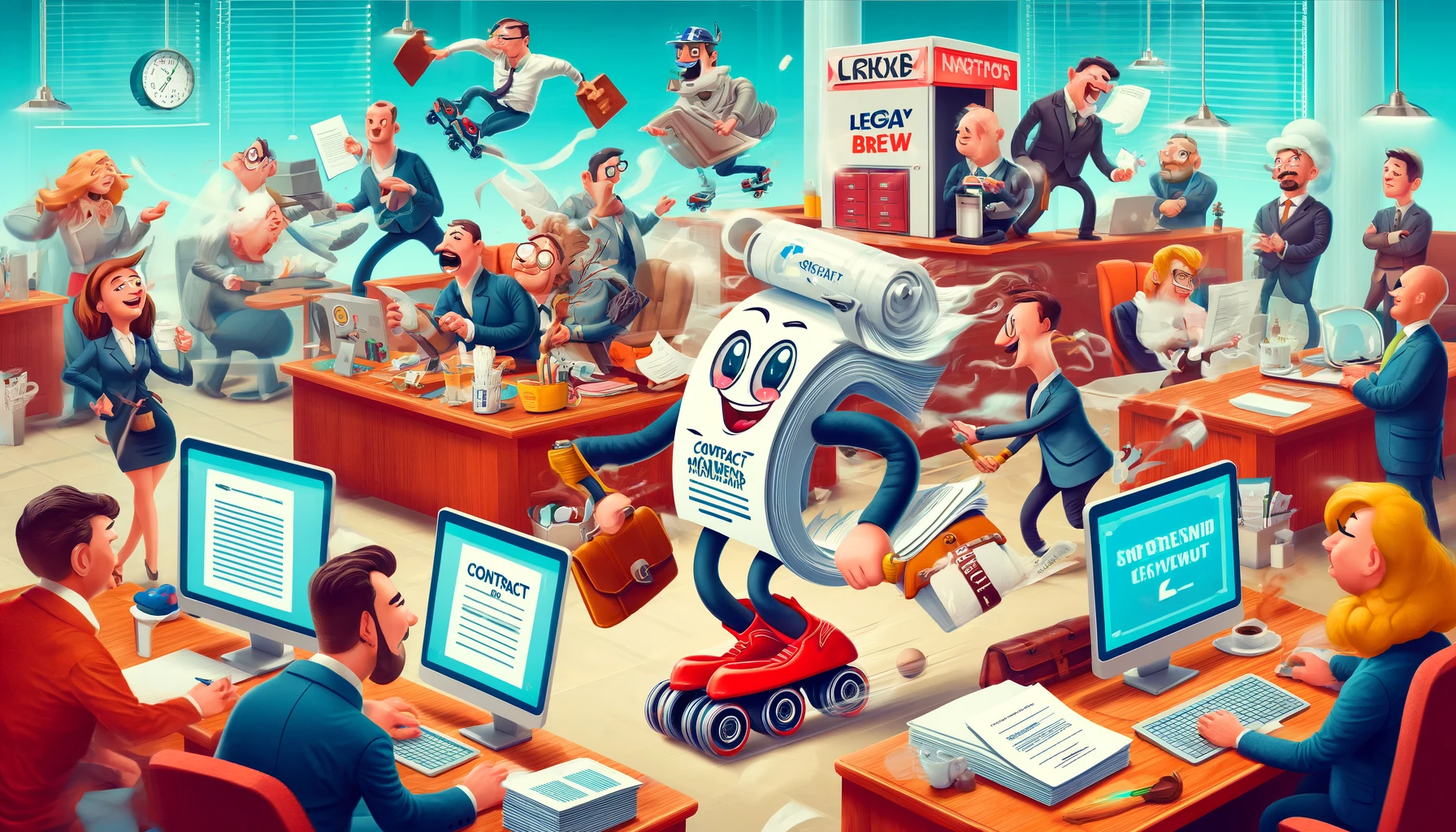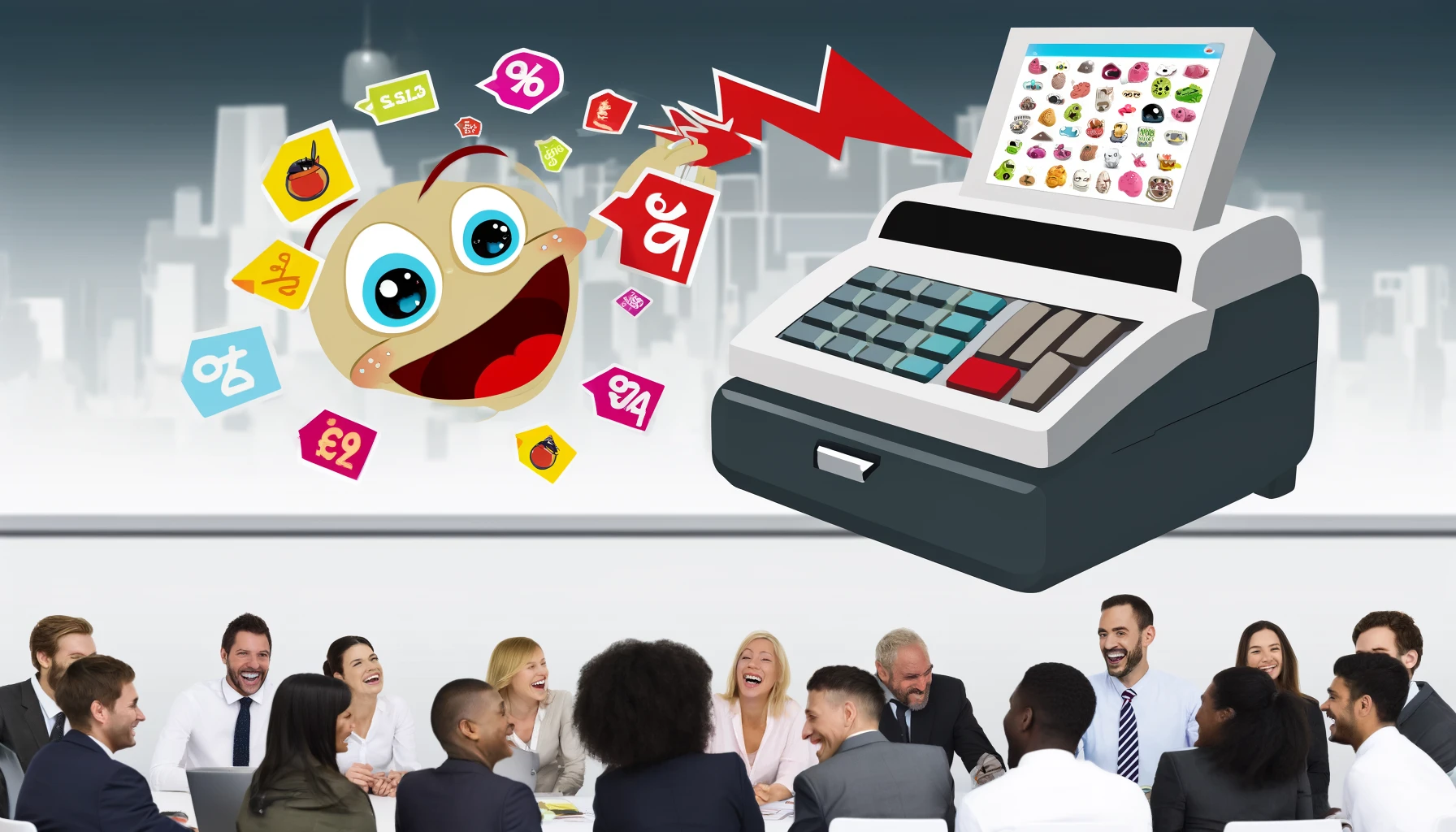Reviews for data labeling software services and analysis of user reviews about your competitors

S– prefers upfront financial commitments, but charges on a per-label basis. It can be complicated to predict how much we will spend when we don’t know ahead of time how many labels we will need for each image.
And the partnership works best when there is a steady stream of work, so it has been a struggle sometimes to always keep the work queue full of new examples to label.
I haven’t worked with other companies, but I imagine this is common across the industry.
Real review to a real data labeling software service
The zoom feature. Its working mechanism is exactly opposite compared to rest of the platforms in computer world.
It could be better by not eliminating the opposite working mechanism.
Real review to a real data labeling software service
I dislike how some of the tasks have an age requirement. It can sometimes take a while to get the money you earned deposited into your bank account.
Other than that, I don’t have any other issues with A–.
Real review to a real data labeling software service
Sometimes the I– can be slow : the time between images can be a little too long, which can be irritating when doing basic repeated tasks like it’s intended !
And it’s not possible to modify some keyboard shortcuts to your preference (most of them are, but there’s still a few to add).
Real review to a real data labeling software service
C– keeps charging me Even after removing my credit card because they saved my inputs (to their models) on their side.
I tried to call them and to reach them through online-chat several times, submitted many requests through email. It is the worst customer service I have ever experienced.
Real review to a real data labeling software service
The data labeling software industry is critical for training machine learning models, but customer satisfaction can often be hampered by several common errors made by service providers. For business owners in this sector, understanding these pitfalls through the lens of competitor reviews is crucial.
This article explores frequent mistakes identified in customer feedback and offers strategic solutions to ensure your data labeling software service rises above the competition.
Poor data quality and accuracy
What competitors get wrong: One of the most critical complaints from users of competitor services is the issue of poor data quality and accuracy in labeled datasets. Incorrect labels can drastically affect the performance of machine learning algorithms, leading to significant setbacks in projects.
How to do it better: To set your service apart, prioritize rigorous quality control measures and employ advanced validation techniques. Incorporating multiple rounds of checks and balances, as well as utilizing a combination of automated tools and human oversight, can enhance accuracy.
Promote the precision of your labeling through detailed case studies and client testimonials to build trust and credibility in the market.
Inefficient labeling processes
What competitors get wrong: Efficiency in data labeling directly impacts the cost and speed of AI projects. Competitors often receive criticism for having clunky interfaces and processes that slow down the labeling workflow, causing delays in project timelines.
How to do it better: Streamline your software’s user interface and workflow to ensure it is as intuitive and efficient as possible. Consider features like keyboard shortcuts, easy-to-use labeling tools, and automated pre-labeling using AI to reduce the manual effort required.
Demonstrating the speed improvements through benchmarking reports against competitors can be a compelling selling point.
Lack of scalability
What competitors get wrong: As projects scale, the data labeling needs of organizations can grow exponentially. Reviews frequently point out that competitor software often struggles to efficiently handle large-scale labeling tasks, leading to performance bottlenecks.
How to do it better: Ensure that your software is built to scale seamlessly from small to large projects without significant drops in performance. Investing in robust infrastructure and optimizing software architecture for high-volume processing will cater to enterprise-level clients.
Showcasing scalability through pilot projects can help potential clients see the effectiveness of your solution in action.
Limited labeling options
What competitors get wrong: Users often express frustration over the lack of versatility in the types of data that can be labeled, such as text, images, and videos, and the limited labeling options available within these categories.
How to do it better: Diversify the types of data your software can process and expand the range of labeling features (like bounding boxes, polygons, and semantic segmentation for images, or entity recognition for texts).
Regular updates that introduce new functionalities based on emerging AI needs and user feedback can keep your service competitive and versatile.
Inadequate integration capabilities
What competitors get wrong: Data labeling does not occur in isolation; it’s part of broader data science workflows. Customers are often dissatisfied with how poorly competitor tools integrate with other data processing and machine learning platforms.
How to do it better: Focus on enhancing the interoperability of your software with popular data science and machine learning environments. Providing robust APIs, SDKs, and plug-ins that facilitate easy integration can make your tool a preferred choice for developers and data scientists.
Demonstrating seamless integration in marketing materials can emphasize the ease of incorporating your tool into existing systems.
Conclusion
By understanding and addressing these common shortcomings found in competitor services, your data labeling software can significantly improve its market position.
Concentrating on delivering high-quality, efficient, scalable, versatile, and easily integrable solutions will not only address the most pressing customer needs but also distinguish your service in a crowded marketplace.
By learning from others’ mistakes and continuously innovating, your software is positioned to lead the charge in supporting the next generation of AI developments.
Is this what you expect to see at the end of the article? No!
Oh, what a novel idea! By simply acknowledging the flaws of our competitors, your data labeling software is bound to revolutionize the market.
Let’s focus on delivering high-quality, efficient, scalable, versatile, and easily integrable solutions because, you know, no one else is doing that.
And of course, let’s not forget to pat ourselves on the back for being so visionary by learning from others’ mistakes. Because, clearly, we’re the only ones capable of such groundbreaking insight.
Conclusions?
Don’t worry and turn to GINIX review management service. We will make reviews a reliable source of your business growth.
We’ll increase the number of reviews about your business on autopilot! You can order monitoring and analysis, handling of negative reviews, or the appearance of new reviews – either one or all together.
Have a great day!

 6 min
6 min 






